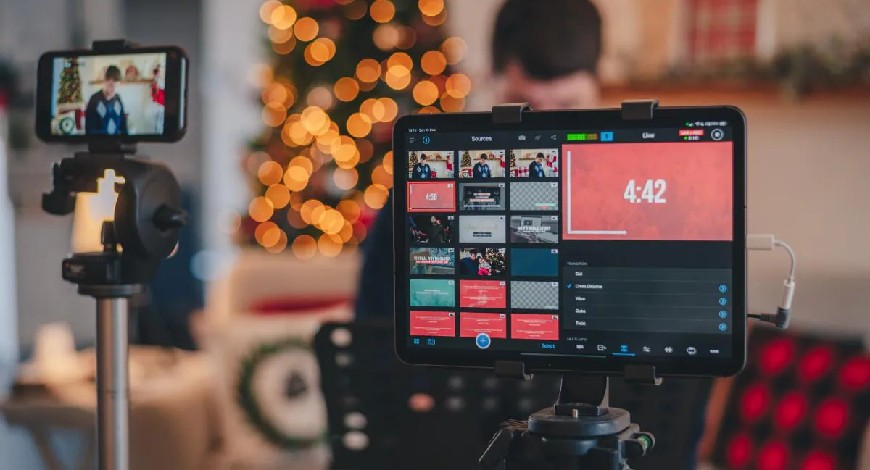Trends
How to excel in the new age of broadcasting media

The digital age is defined by rapidly changing technologies that evolve faster than we can adapt. New areas of studies like digital humanities, AI, attention-based business platforms, digital storytelling, online news platforms, etc all present huge opportunities for researchers and students.
Media students or professionals working in media are today armed with both specialised skills and generalised technical knowledge working as they are on the cusp of interaction between disparate areas.
The changing modes of broadcast media
The new media scenario has changed broadcast media, from traditional DTH and Cable TV to digital platforms where virtually everything can be live-streamed.
In the new media, the broadcasting waves have splintered into innumerable ‘narrow casters’ all empowered to reach out to a large audience disseminating ideas, products, services, news, and information.
The rapid development and adoption of new technology have also altered the intermediaries of traditional media communication.
Professional talk shows by Shekhar Gupta, Ravish Kumar, Dhruv Rathee, BBVines, and many others are vividly using platforms like YouTube extensively to engage with audiences and broadcast globally.
From the traditional setting of families watching large television screens together to the current choice of personalized screens, there is an increasing concern on the very existence of traditional media in the midst of expanding digital platforms.
Similarly, a shift from traditional television reception of cable and DTH to smart TVs has also been quite dramatic and the shift may lead to traditional broadcast platforms like DTH, Cable, and terrestrial TV being phased out by digital streaming.
Today the mode of screens is secondary since the audience is more concerned with content. In fact, in a recent survey, it was found that 74% of subscribers only sign up for a specific series and the audience keeps rotating subscriptions based on content preferences.
OTT: Changing the nature of the broadcast media business
Digital platforms are flooded with data on consumer behaviour, which is supported by artificial intelligence that can predict how the audience will react to advertising.
In addition, OTT platforms are creating new formats for advertisers and users.
Three factors have contributed to India’s growth in the business of OTT media and have constantly paved the way for digital growth:
The first factor was the Jio phenomenon, cheap data on hand-held devices, pricing innovations, and the telecom network expansion.
The second factor was the low pricing of handheld devices and smart TVs which has made home-based digital screen content cheaper than the expensive visits to the multiplex.
The third factor was of course the Pandemic which simply shut out theatres and opened up OTT growth.
Today, OTT platforms are said to generate revenues of approximately $25 billion in annual revenue worldwide and are primarily generated by a handful of US-based
global player giants such as Netflix, Amazon, and Google’s YouTube, which are at the core of this revolution.
All this just means that there is a serious need for digital upskilling.
What skills do you need to excel in the new-age broadcast media?
Some of the vital skills that are needed to embrace the new development are communication technology education with a blend of the creative and digi-skilling, understanding of the ’attention economy’ of social media, as well as understanding of content consumption and revenue generation.
New age broadcasting media will play an important role in the future and the younger generation of learners have to be prepared to harness the opportunities in the brave new world of the digital era of broadcasting and mass media communication.
The sky’s the limit for someone willing to evolve in their professional skills and career and take the digital leap. India Today





You must be logged in to post a comment Login